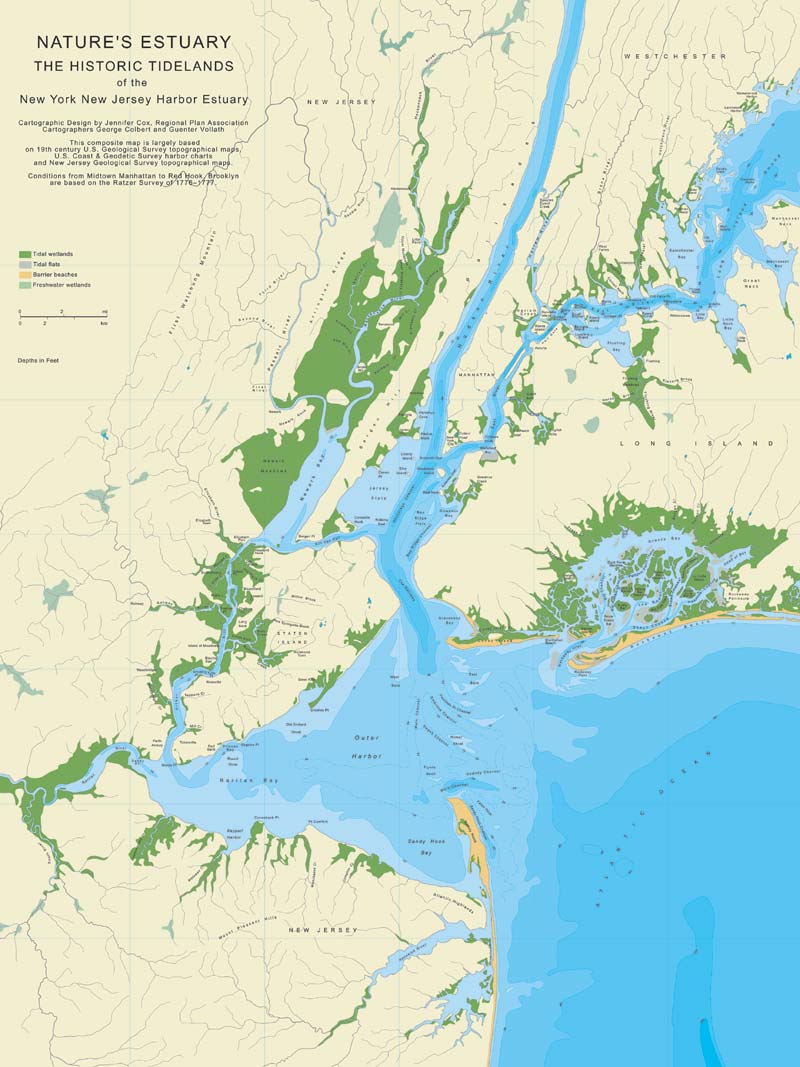 recover, we must begin the costly process of restoring the miles of bulkheaded, filled and hardened shorelines to their natural state...JB
recover, we must begin the costly process of restoring the miles of bulkheaded, filled and hardened shorelines to their natural state...JBBy Jennifer Smith
November 2, 2006
From the crash of the Great South Bay's once-abundant hard clam population to the near disappearance of eelgrass from the bottom of Long Island Sound, Long Island's coastal waters are no strangers to species loss.
This week a study in the journal Science took a larger look at how the loss of aquatic biodiversity -- the total number of fish and plant species in a habitat -- affects the ecosystems that nourish marine species.
In coastal areas, the study linked the regional loss of biodiversity with a decline of viable fisheries and impaired "nursery" habitats
 such as wetlands and seagrass beds, which shelter young fish.
such as wetlands and seagrass beds, which shelter young fish.Read more:
http://www.newsday.com/news/local/longisland/ny-hsloca1103,0,76050.story?coll=ny-longisland-homepage
Additional Coverage in Newsday - "Stability of marine life in severe danger"
http://www.newsday.com/news/health/ny-hssea1103,0,4706897.story?coll=ny-leadhealthnews-headlines
Op-Ed in NY Times - "The fishing industry lobbies Congress for the right to overfish. "
http://www.nytimes.com/2006/11/05/opinion/nyregionopinions/05LI-mcmurray.html
Image A - Crab Meadow, LI
Image B - RPA Map of Wetland Losses
No comments:
Post a Comment